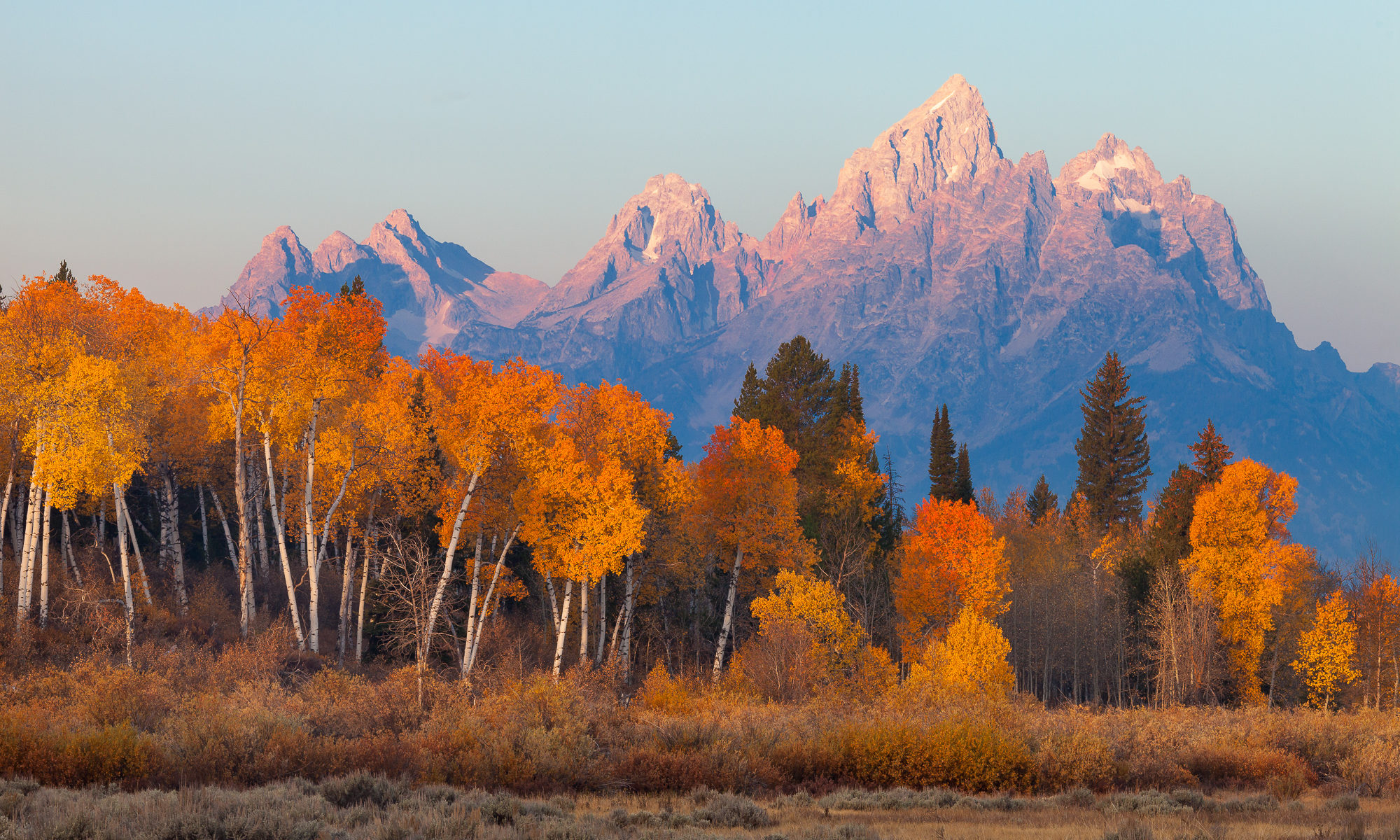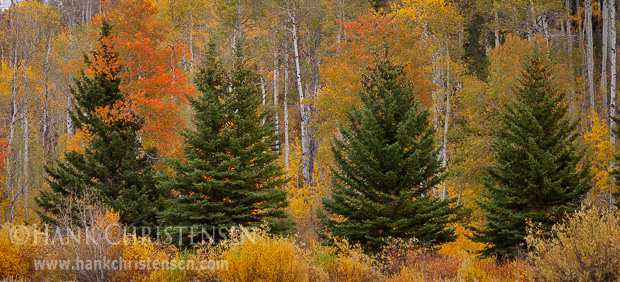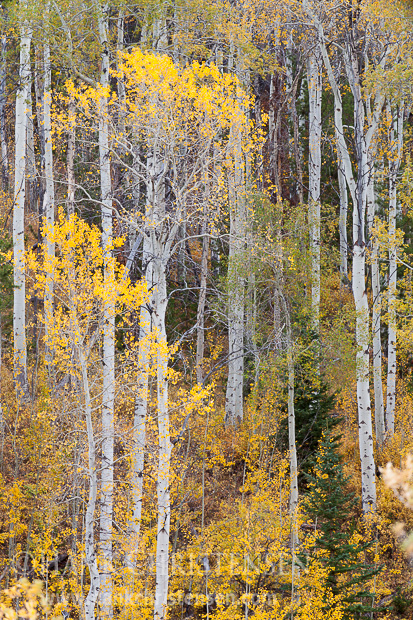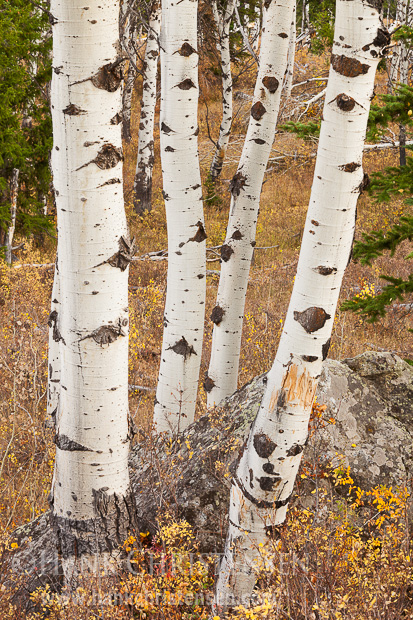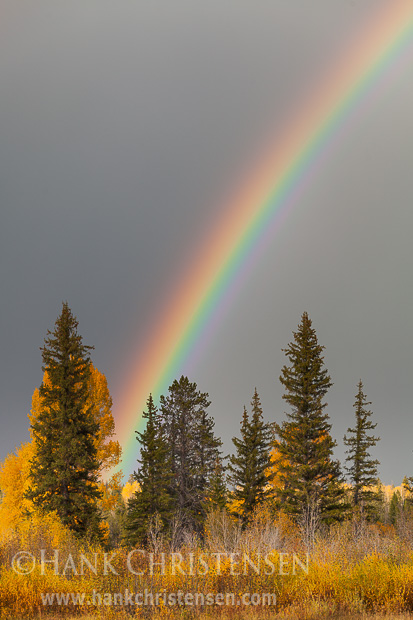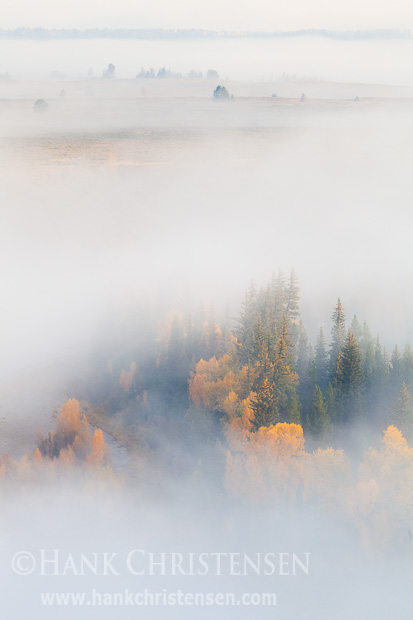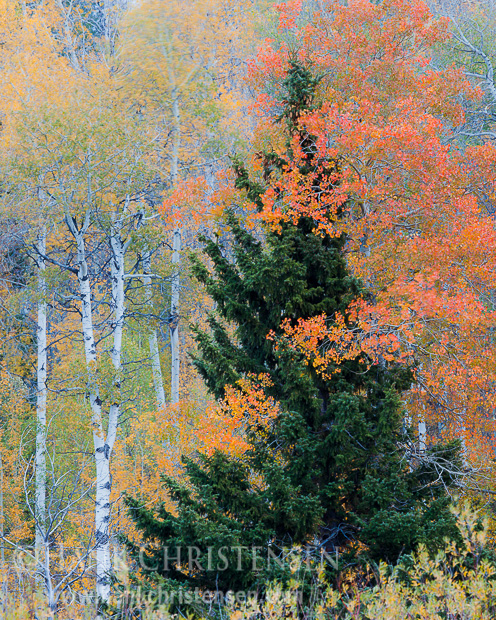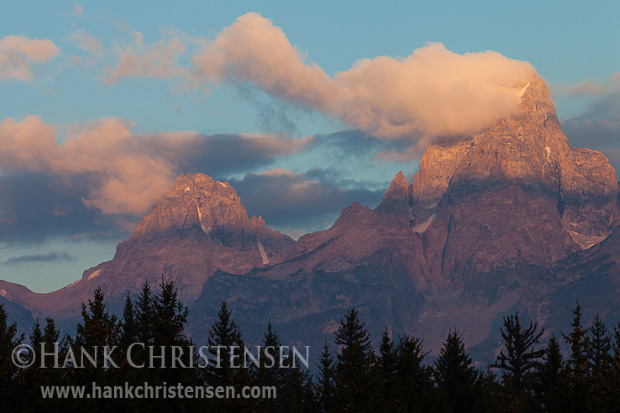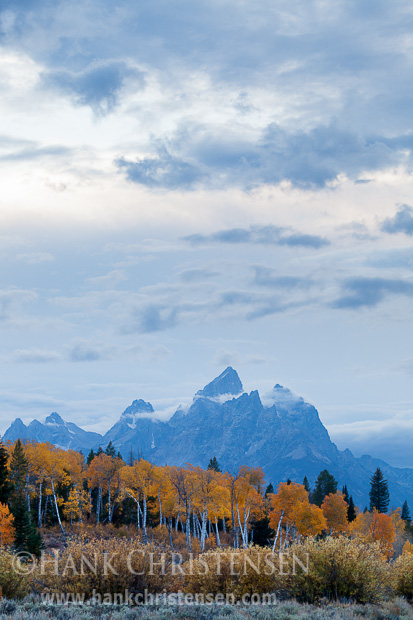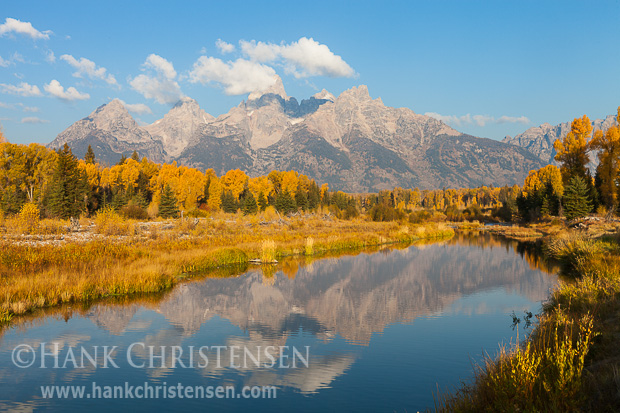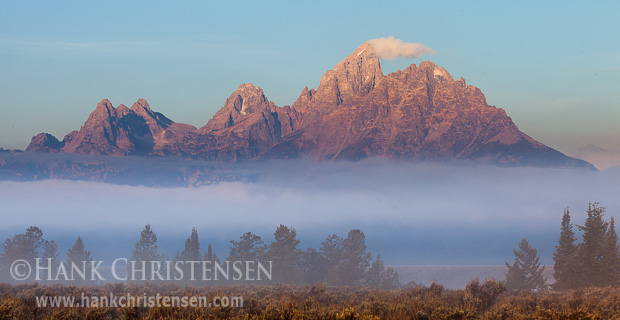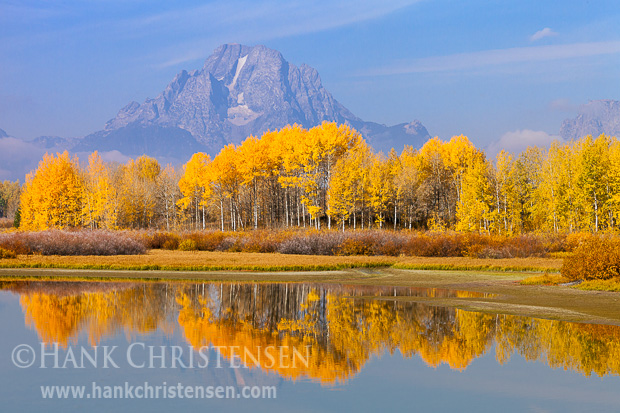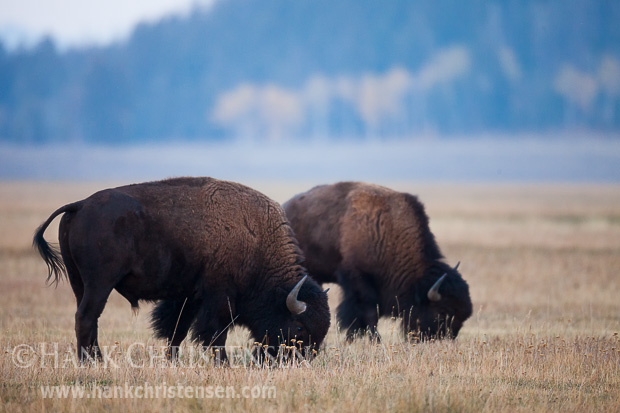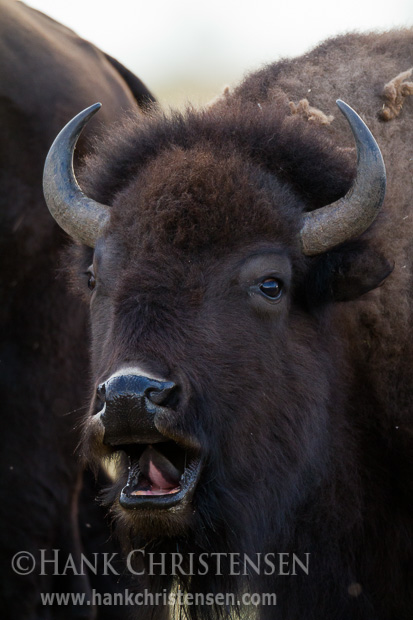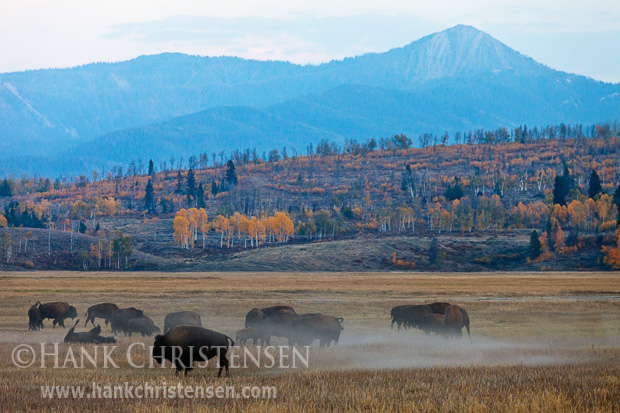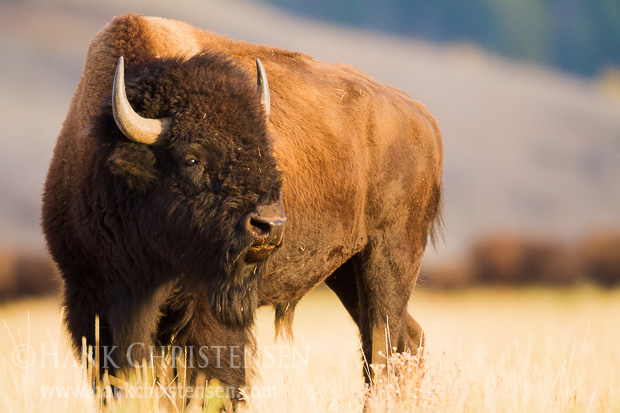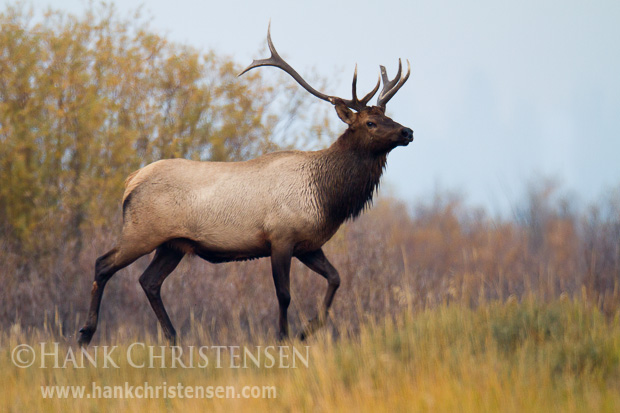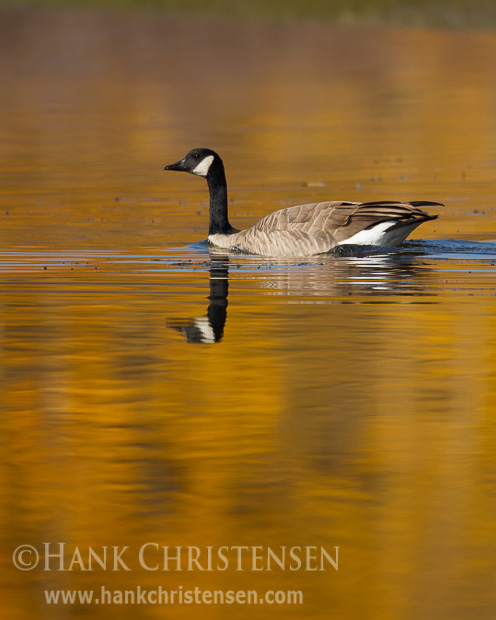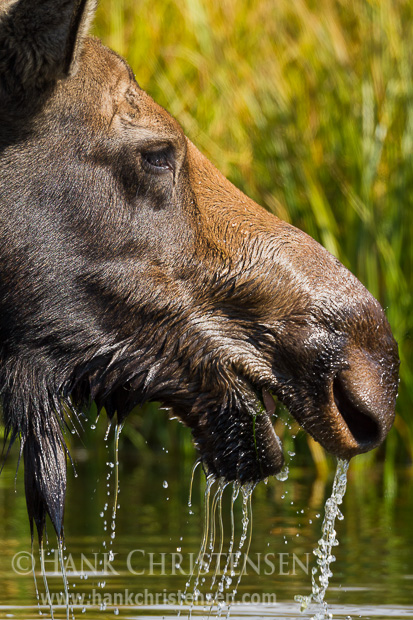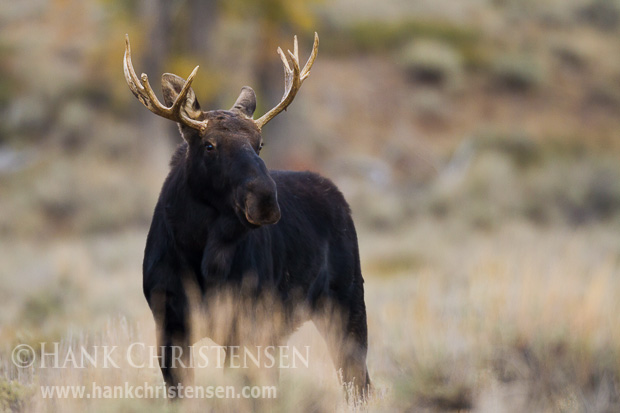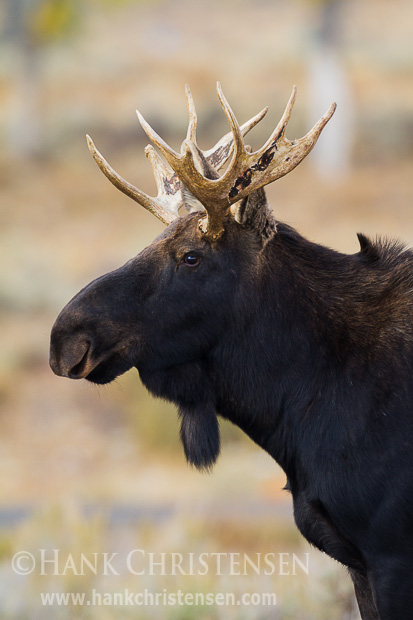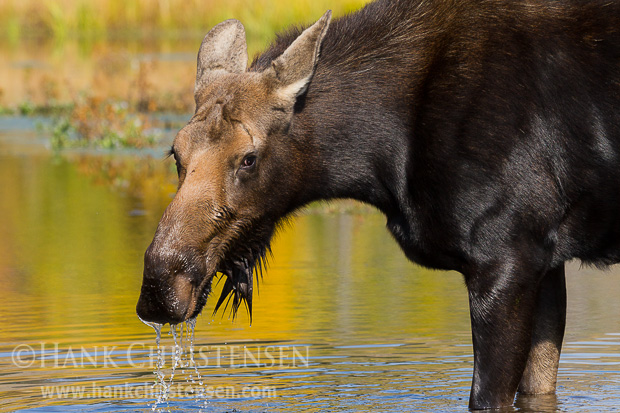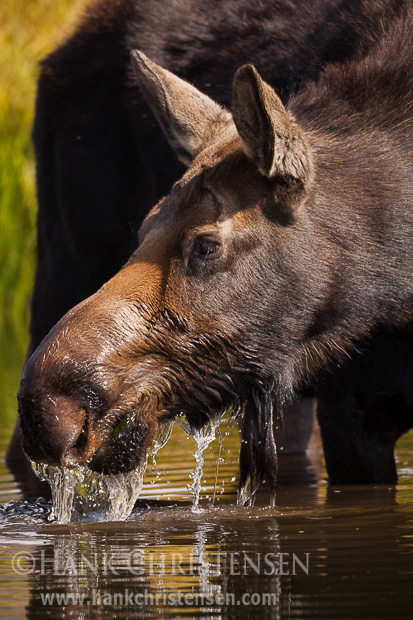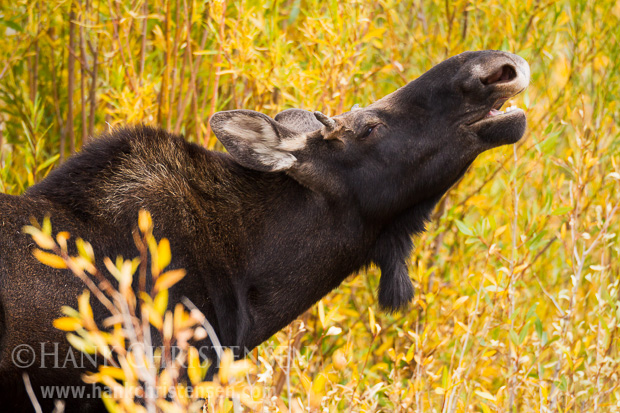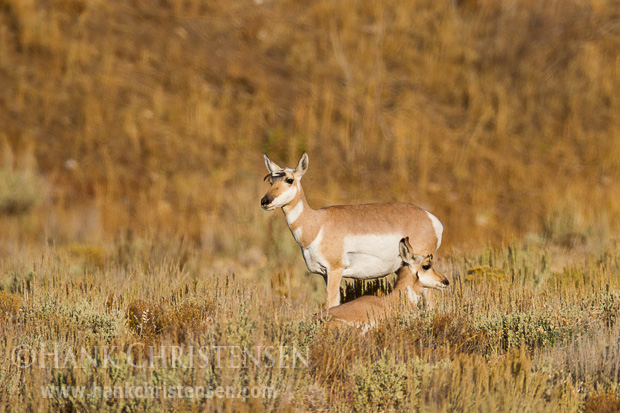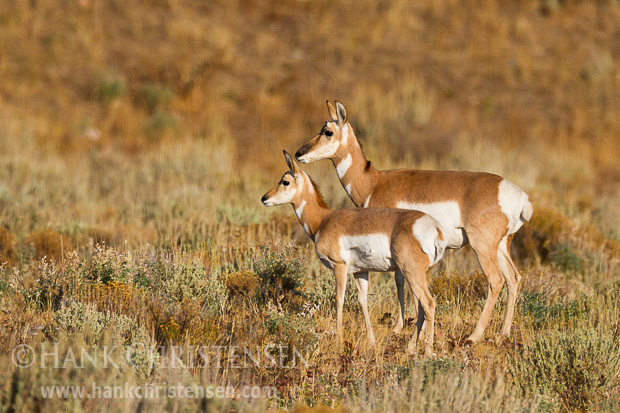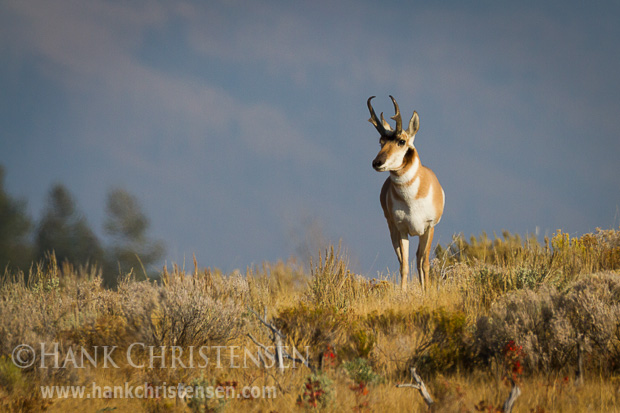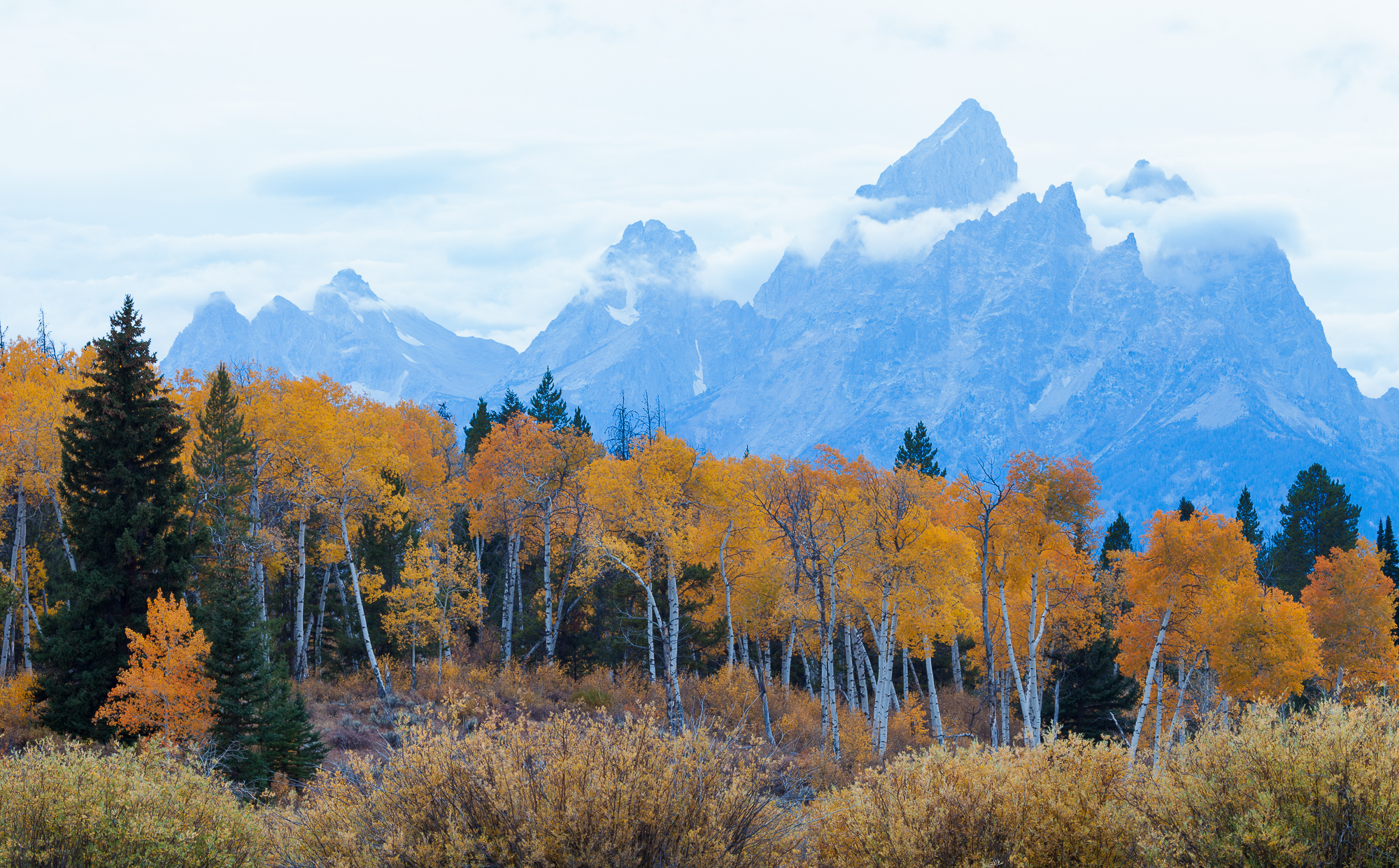
When we pulled up to the stand of aspen that Jack had scouted earlier, I could tell he was hopefully optimistic about the coming sunset. I was participating in a 5 day photo workshop with landscape legend Jack Dykinga, and this was our first field excursion of the workshop. We were in Grand Teton National Park and the weather had been less than optimal, with thick smoke sitting on the floor of the valley, extirpating any hope of a clear view of the mountains. However, earlier in the day, there had been a shift in the wind, and the weather forecast called for a storm moving through in the next couple of days.
“You know, we might just get a killer sunset,” Jack said to the eager group. The location certainly was beautiful. A colorful grove of fall aspen stood before us with the grandeur of the Tetons rising behind. But the clouds were building in the west and there was still a haze in the sky above the mountains. I just didn’t see it. Uninspired, I set about working with tight shots of the trees.
As it got later, I decided to move up the road a bit and get into a position that removed my foreground, composing just the trees and mountain. Just in case we have a sunset, I thought. A few minutes later, Jack appeared to my left and a little ways behind me. Apparently he had found his spot and was getting ready for the sunset he was anticipating. I could tell he was getting more excited as it got later. I still didn’t see anything special in the light, so I asked him what he thought was going to happen.
“We have just a trace of smoke in the sky, with clouds building above, that when the sun sets behind that notch,” he pointed to the right of the mountains, “we might just get God beams blasting up from behind.” Not sharing his optimism, I adjusted my composition anyway, including the notch he pointed to. Just in case. Eventually, the sun set behind the notch, just as he predicted, but no great light. “Just wait,” he called out to the group. “And be ready!” Moments later it all came together.
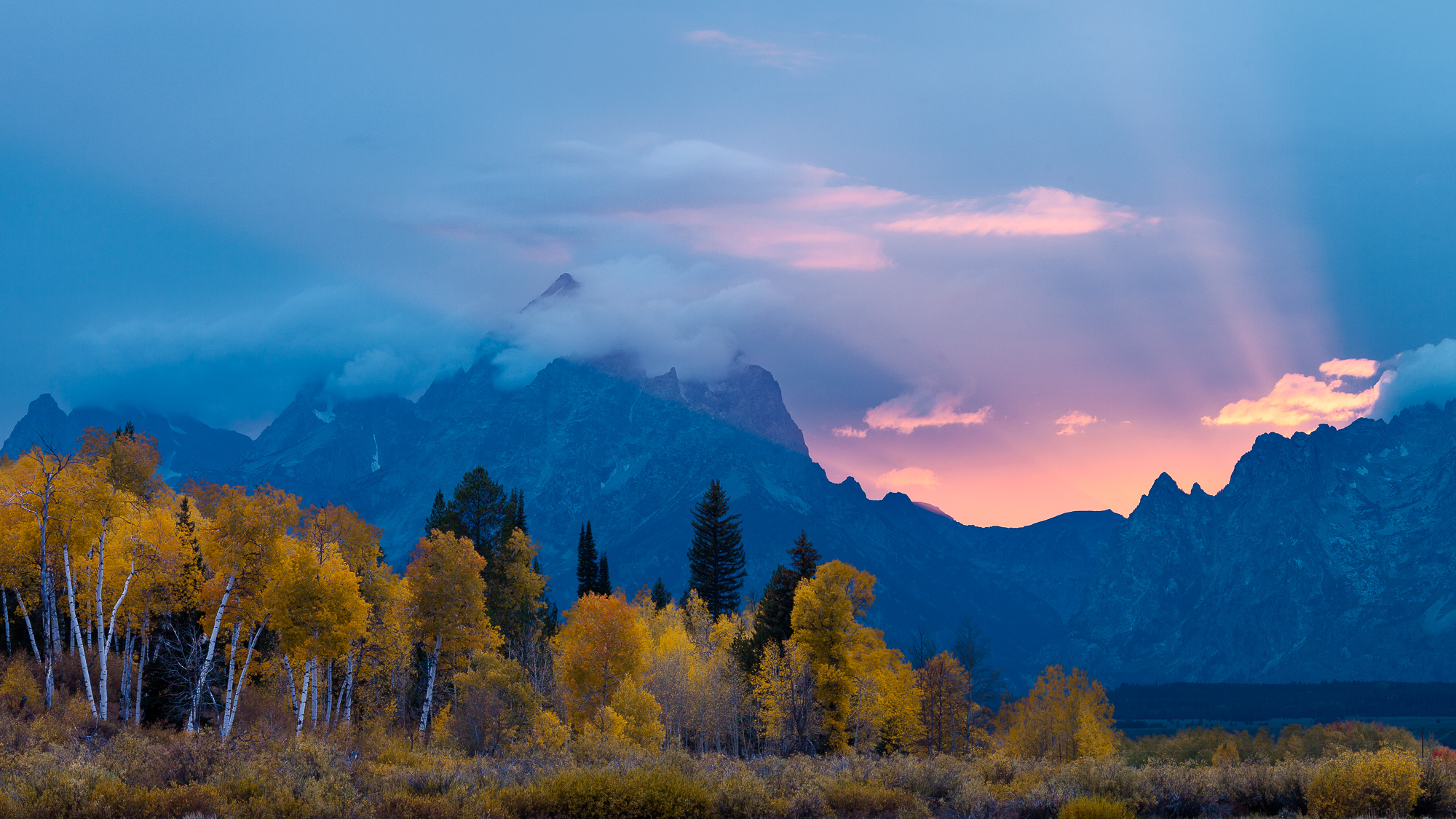
As he captured his images, Jack whooped into the air with joy. And he let out more than one of his trademark “Woof!” shouts. As amazed as I was about Jack’s ability to predict exactly what the light was going to do, I realized that what was happening here was not pure luck or voodoo magic. Certainly this ability to anticipate the light came from his years of experience working with 4×5 cameras. Working with large format film requires a far slower pace than what is possible with the run-and-gun potential of 35mm format. One of the requirements of this slow pace is the ability to anticipate and then patiently wait for the light to happen in front of you. Since he was a successful large format photographer for so many years, logic dictates that he must also be an expert light forecaster. It is a skill I greatly admire and will strive to hone in the future.
A few days later, Jack was giving one of his amazing photographic lectures. When a student asked how he “lucked” across a particular cactus with a perfect bloom, Jack said that this image was taken on something like his tenth trip to this spot in as many days, waiting for the bloom to become optimal. And he had previously visited this site close to a hundred times. In other words, Jack knew these cacti very well. After all, the best photographers are experts on their subjects.
After the workshop, I got a chance to put this lesson to practice. My friend Jerry Dodrill (and the workshop’s co-leader), suggested that although we had been to the same stand of aspen several times already (our group had revisited the first night’s location later in the week), he felt the location still had more to offer. “I’d love to see both the mountains and those trees side lit in the early morning,” he told me. And although this would make three visits in four days to the same spot, we awoke long before dawn and made the journey out to this secluded forest service road. I had my doubts as we watched the clouds in the pre-dawn light, streaking to the east, but I trusted Jerry’s experience, and knew that this was an opportunity to try out Jack’s suggestion that we revisit locations well known to us.
As I set up my composition and waited for the light, I became aware that each time I came here, I did know the area a little better, giving me a better idea of how to approach the subject. In fact, as I lined up my shot that morning, I felt I was in the best spot of all my previous attempts at this shot. Moving left and right, forward and backward, zooming in and out gave me infinite possibilities to compose this type of shot. It helped to understand the some of the subtleties of my subject and have a clear vision in my mind of exactly what I wanted to achieve.
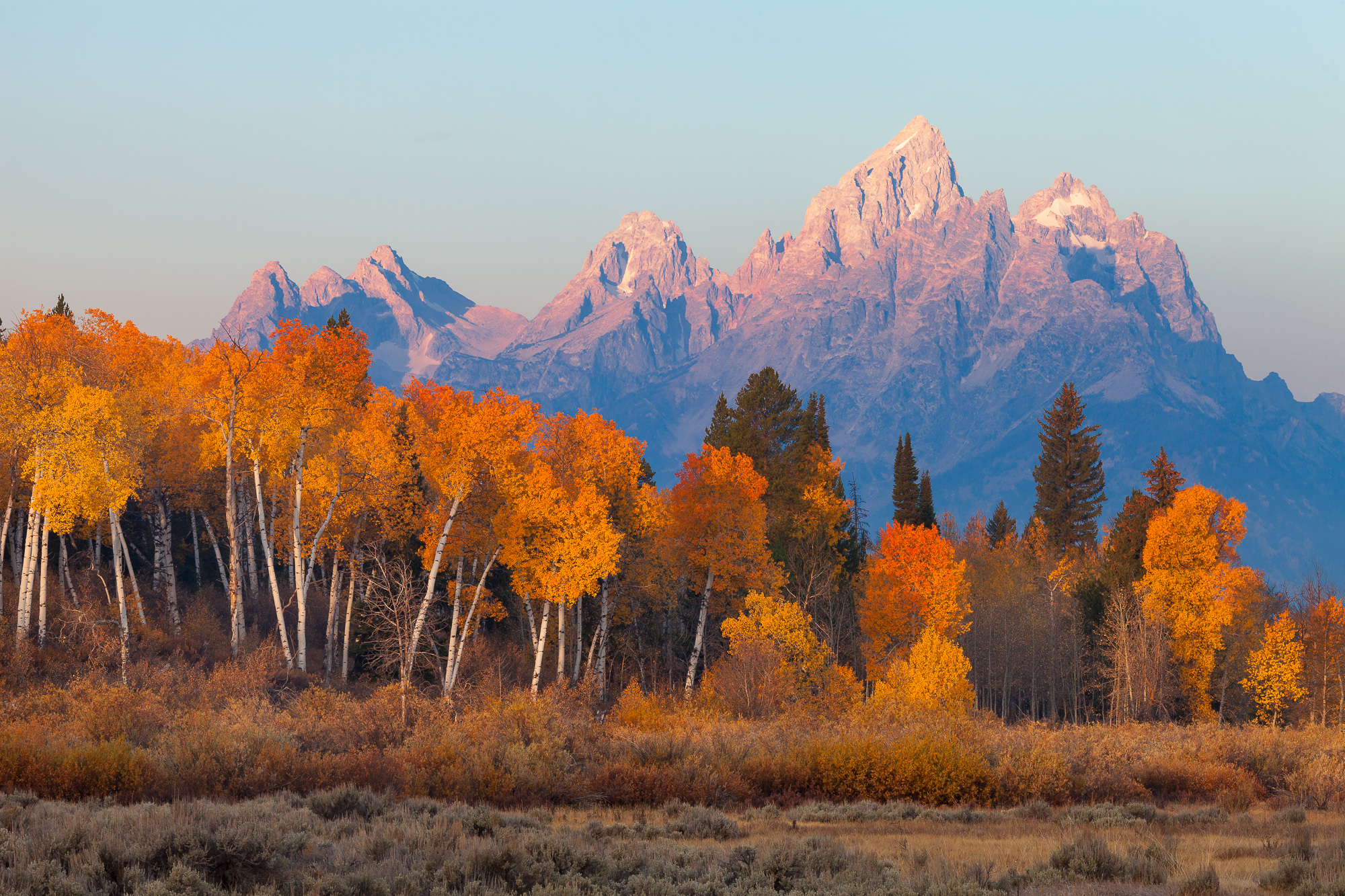
As the top of the mountain began its alpenglow transition to day, the scene in front of me was beautiful. But I heard Jack’s voice in my mind – “Wait for it!” All at once the morning sun brushed the aspen with luminous side light. I clicked the shutter, appreciative for these lessons from Jack.

